"New Oblivion: Remake Looks, Remaster Feels"
When Bethesda finally unveiled *Oblivion Remastered* earlier this week, I was stunned. Who would have thought that a game from 2006—remembered for its oddly expressionless NPCs and blurry low-res grasslands—could become the most visually stunning entry in *The Elder Scrolls* series? Over the years, HD remasters like *Mass Effect Legendary Edition* and *Dark Souls Remastered* have trained me to expect only minor visual improvements at best. Seeing the Imperial City, a place I once wandered nearly two decades ago, rendered in Unreal Engine 5 with ray tracing was nothing short of surreal. Beyond the visuals, the game has also been updated with enhanced combat mechanics, improved RPG systems, and countless other refinements. Given all that, I couldn’t help but wonder if the title was mislabeled—was this actually *Oblivion Remake*?
It turns out I wasn’t the only one questioning the terminology. Fans across the community have taken to calling it a remake, and even Bruce Nesmith, senior game designer on the original *Oblivion*, admitted “I’m not sure [the word] remaster actually does it justice.” Still, after spending several hours with the game, the distinction becomes clear—it may look like a remake, but it plays like a remaster.
There’s no shortage of reasons why *Oblivion Remastered* appears so radically different. Virtuos, the team behind the update, has stated that "every single asset has been redesigned from scratch." Visually, everything you see is new—every tree, every weapon, every crumbling ruin. The result? A game that meets modern graphical standards with crisp textures, realistic lighting, and an entirely new physics system that brings weight and impact to every arrow shot and sword swing. Even though the characters you meet are familiar faces from 2006, each NPC model has been rebuilt from the ground up. This isn’t just a polish job—it’s a full aesthetic transformation aimed at today’s expectations, not nostalgia. It looks like what we might imagine *The Elder Scrolls VI* could be. If I had seen this before any rumors began, I’d have assumed it was a brand-new entry in the franchise.The enhancements go beyond visuals. Combat feels more responsive—swinging a sword no longer feels like poking air with a balloon. The third-person camera now includes a reticle, making targeting far more intuitive. Menus have been refreshed, including quest logs, dialogue screens, and even the notoriously clunky lockpicking and persuasion minigames. Gone is Oblivion’s infamous level-scaling system; it’s been replaced by a hybrid approach borrowing from both *Oblivion* and *Skyrim*. And yes, finally—you can sprint. With such sweeping changes, it’s easy to believe this qualifies as a full remake.
 New lighting, fur, and metallic effects dramatically enhance Oblivion Remastered's presentation. Image credit: Bethesda / Virtuos
New lighting, fur, and metallic effects dramatically enhance Oblivion Remastered's presentation. Image credit: Bethesda / Virtuos
But the definitions of “remake” and “remaster” remain murky. Rockstar’s *GTA Trilogy Definitive Edition* is clearly a texture-upgraded PS2 game with modern lighting, while *Crash Bandicoot N. Sane Trilogy* features completely rebuilt assets and feels like a modern title. Then there’s *Shadow of the Colossus* and *Demon’s Souls*, which are faithful 1:1 rebuilds, whereas *Resident Evil 2* reimagines gameplay mechanics without altering level structure. Finally, *Final Fantasy VII Remake* and *Rebirth* completely overhaul narrative and design. All these titles fall under the “remake” umbrella, yet they share little in philosophy or execution.
In the past, games rebuilt from the ground up in a new engine were considered remakes, while remasters were smaller graphical upgrades within the original framework. But those lines are blurring. Today, it makes more sense to define a remaster as a graphical overhaul that preserves the original game’s design (with some quality-of-life tweaks), and a remake as a complete redesign from scratch. Under that definition, even *Demon’s Souls* and *Metal Gear Solid: Delta* would qualify as remasters, keeping the term “remake” reserved for true reimaginings.
So where does *Oblivion Remastered* fit? As anyone who has played even a few hours will notice, the name is accurate. Yes, the visuals scream “brand new,” but beneath that glossy surface lies a 20-year-old skeleton stitched together with Bethesda’s signature charm. As the developers explained, “We looked at every part and carefully upgraded it. But most of all, we never wanted to change the core. It’s still a game from a previous era and should feel like one.”
That legacy is everywhere. Loading screens pop up behind nearly every door. The persuasion minigame remains confusing despite interface improvements. Cities feel like simplified stage sets rather than living worlds. NPCs move stiffly, speak awkwardly, and seem almost AI-like in their behavior. Combat, although improved, still lacks fluidity. And yes, bugs remain—quirks preserved in the spirit of honoring the original experience.
Compare *Oblivion Remastered* to Obsidian’s *Avowed*, and the gap between old and new becomes stark. Avowed’s dynamic combat and exploration rewards make Oblivion’s rolling fields and cluttered caves feel ancient. Yet, much of *Oblivion*’s ambition still shines through. Its open-ended quests, player freedom, and faction-driven conflicts offer a depth that many modern games lack. But the details—the dialogue, the systems, the level design—are undeniably dated. A true remake would reimagine them, but this project is about preservation, not reinvention. Hence: *Oblivion Remastered*.
AnswerSee Results
Film restoration offers a useful analogy. A remastered film like *Jaws* or *The Godfather* retains its 1970s essence despite 4K clarity and restored audio. Direction, acting, and effects are unmistakably of their time. Similarly, *Oblivion Remastered* is a high-definition restoration of a classic game. It uses a new engine to push visuals to modern limits, but the underlying structure, pacing, and quirks remain unchanged. During the reveal stream, Alex Murphy, executive producer at Virtuos, put it perfectly: “We think of the Oblivion game engine as the brain and Unreal 5 as the body. The brain drives all the world logic and gameplay and the body brings to life the experience that players have loved for almost 20 years.”
*Oblivion Remastered* is exactly what it claims to be—and that’s a good thing. Rather than debating whether it should be called a remake, we should use it as a benchmark for what AAA remasters should aspire to be. This is what *Mass Effect Legendary Edition* could have been—a thoughtful, passionate restoration. This is what *Grand Theft Auto: The Trilogy* failed to be—a respectful, technically polished tribute rather than a lazy cash grab. There’s nothing cynical here. *Oblivion Remastered* looks like a remake built with passion, but plays like a remaster preserved with love. And honestly, that’s exactly how it should be.
-
1
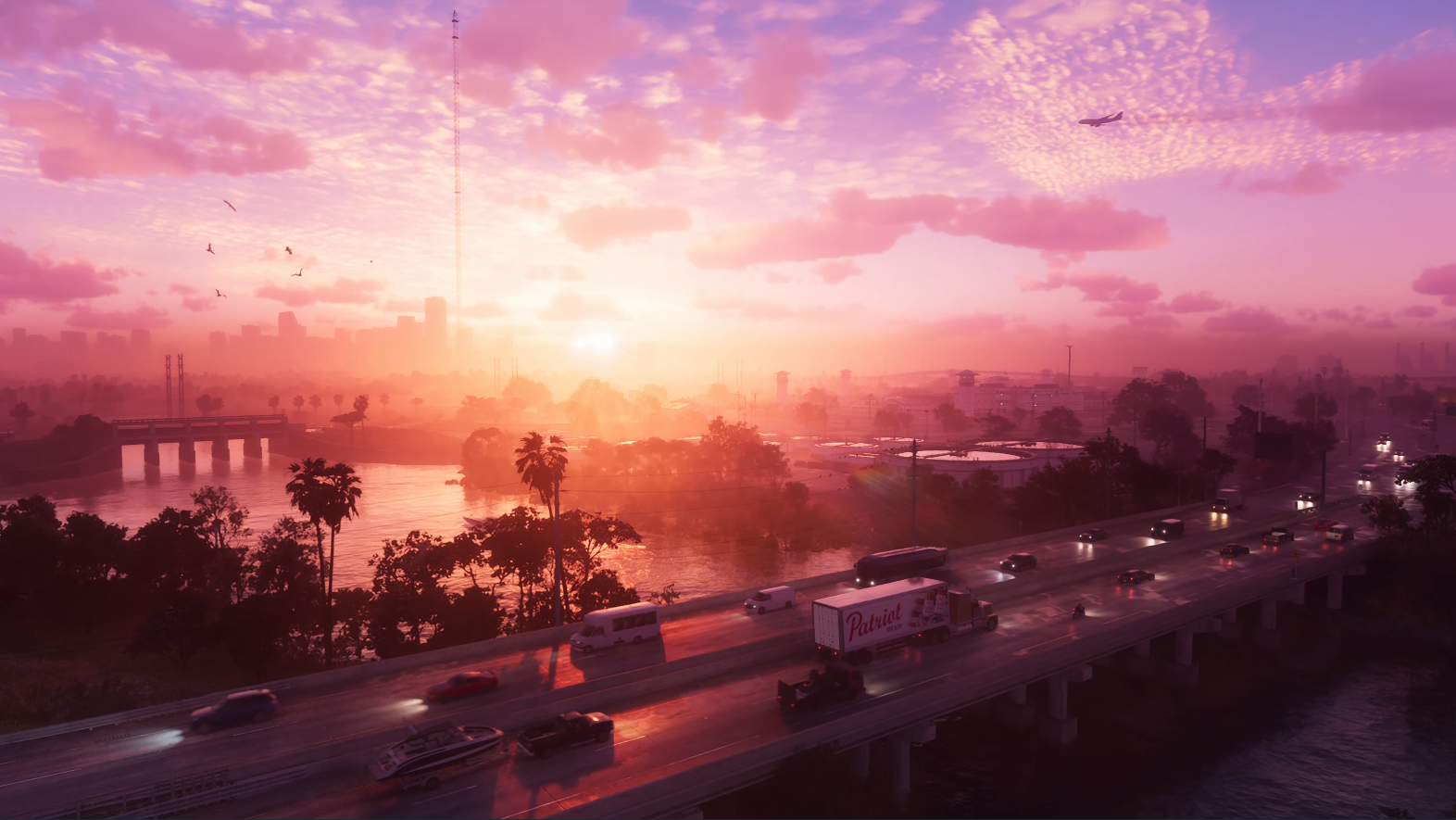
GTA 6 Set for Fall 2025 Release, CEO Confirms
Apr 03,2025
-
2

First ALGS in Asia Emerges in Japan
Jan 19,2025
-
3

Roblox: CrossBlox Codes (January 2025)
Mar 04,2025
-
4
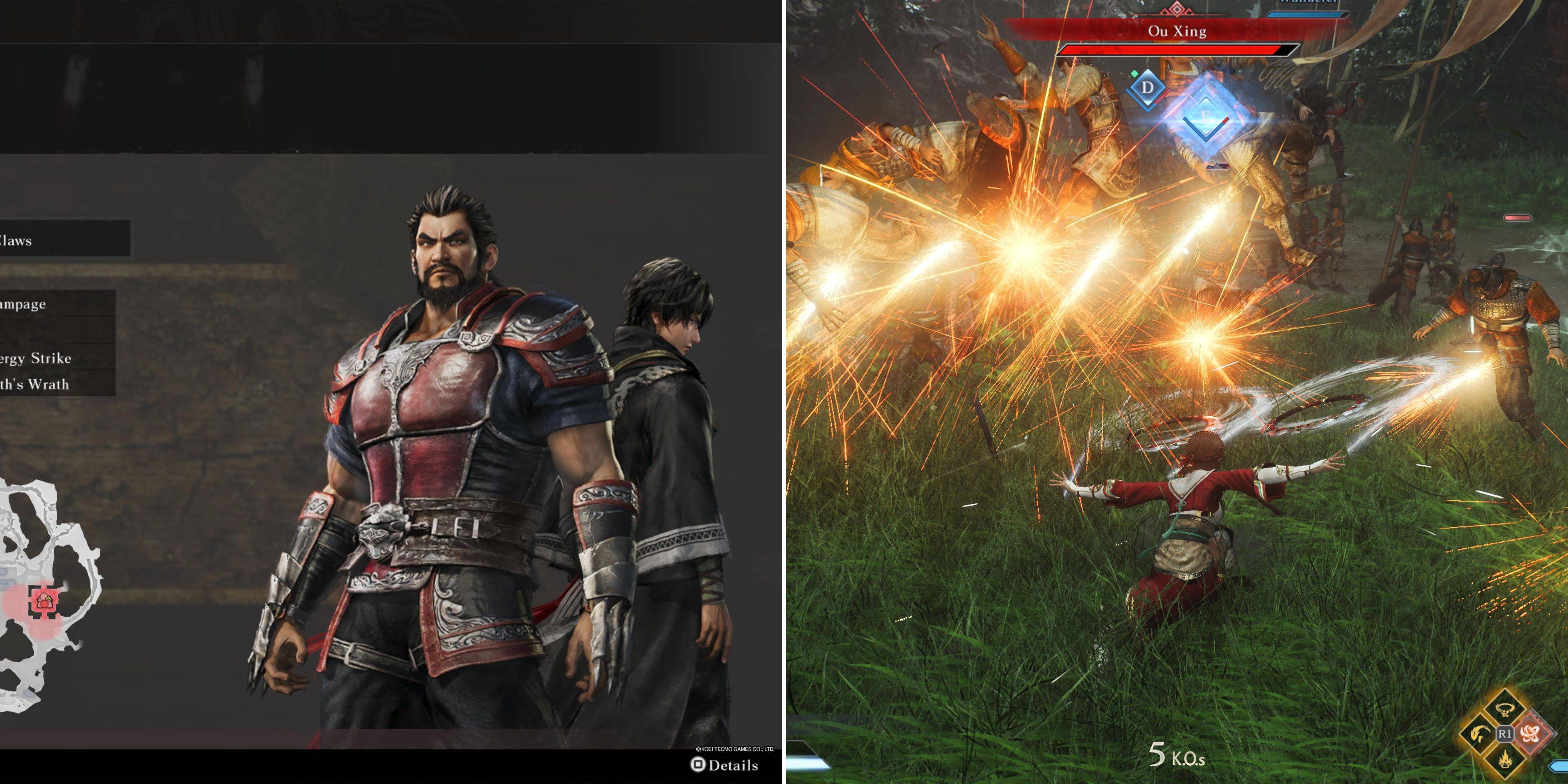
Introducing the Ultimate Guide to Seamless Character Swapping in Dynasty Warriors: Origins
Feb 25,2025
-
5
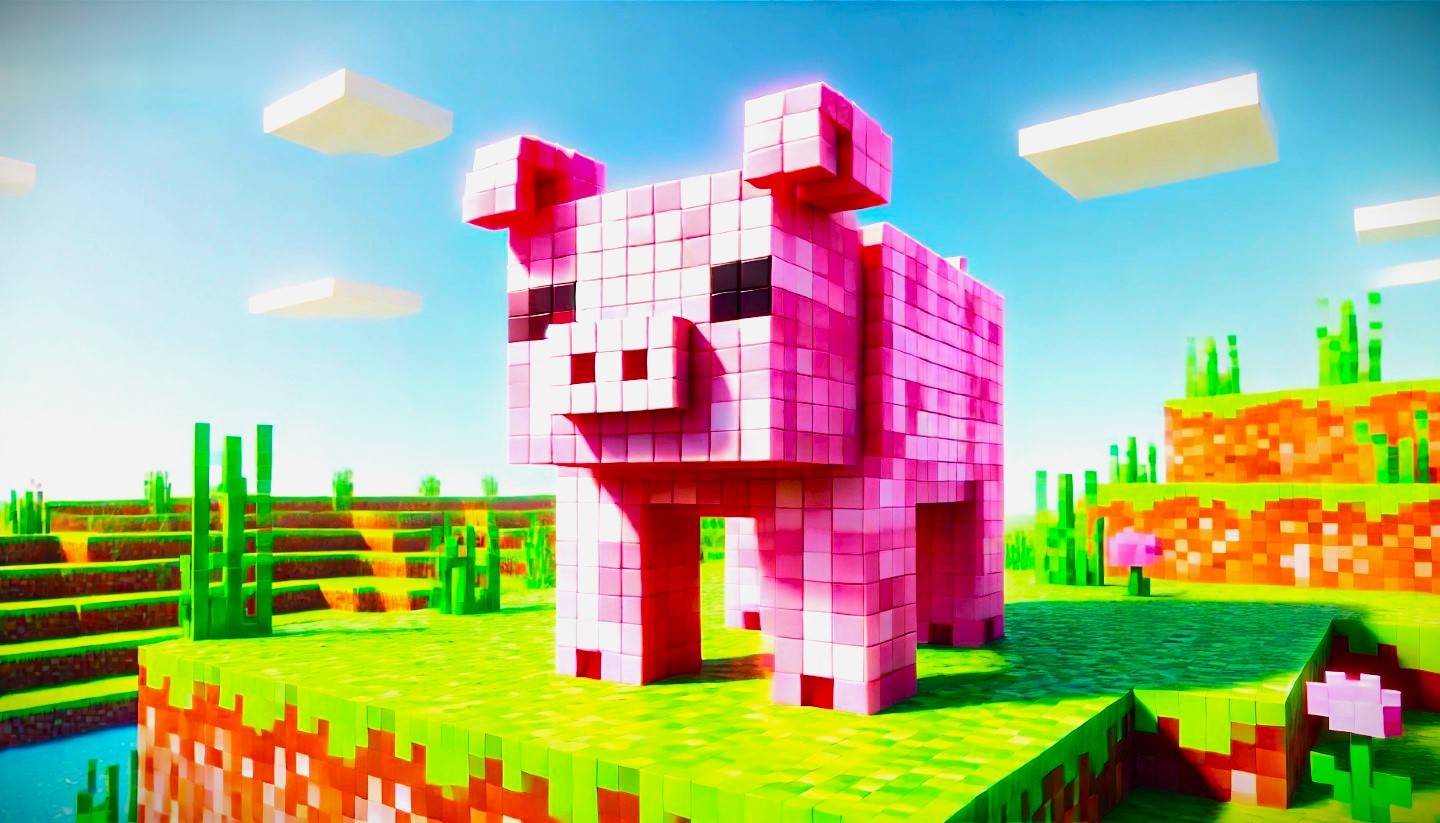
Cute mobs in Minecraft: pink pigs and why they are needed
Mar 06,2025
-
6
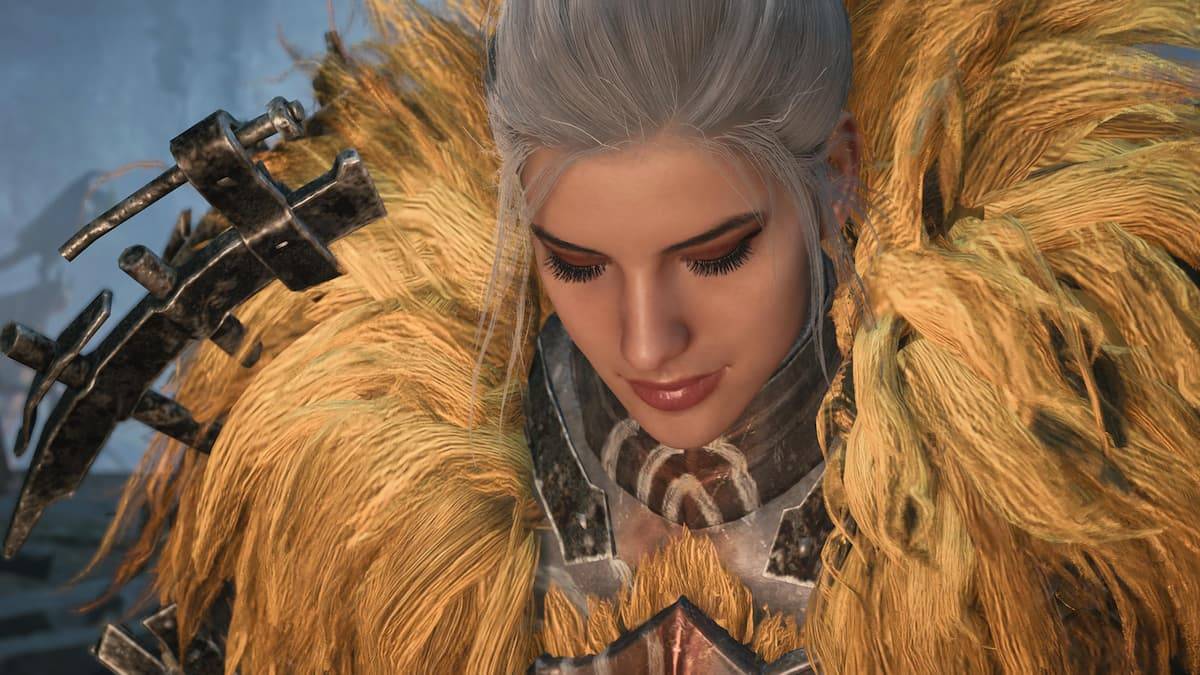
Max Hunter Rank in Monster Hunter Wilds: Tips to Increase
Apr 04,2025
-
7
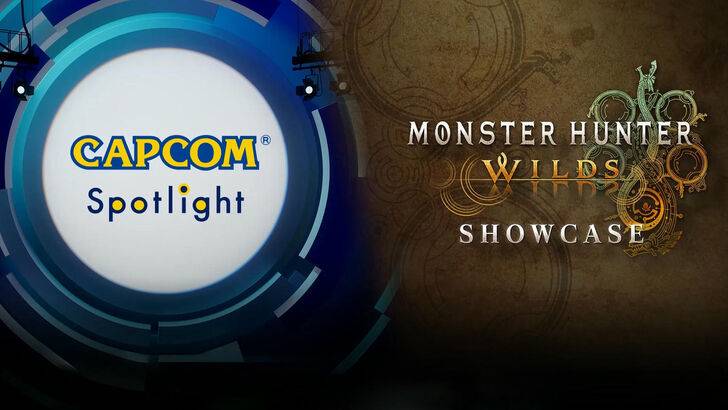
Capcom Spotlight Feb 2025 Showcases Monster Hunter Wilds, Onimusha and More
Apr 01,2025
-
8
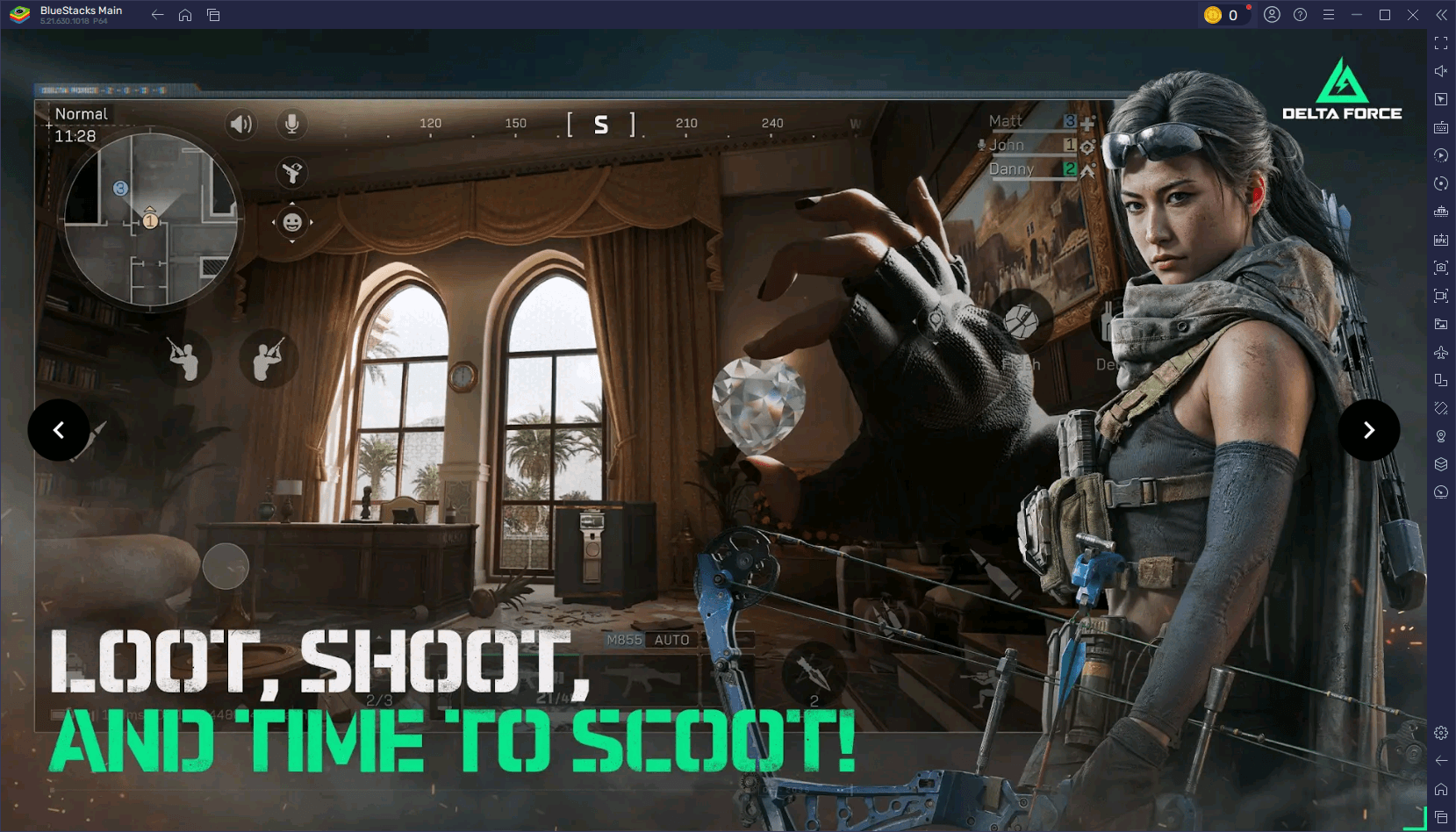
Delta Force Mobile: Beginner's Guide to Getting Started
Apr 23,2025
-
9
![Roblox Forsaken Characters Tier List [UPDATED] (2025)](https://img.jdzca.com/uploads/18/17380116246797f3e8a8a39.jpg)
Roblox Forsaken Characters Tier List [UPDATED] (2025)
Mar 05,2025
-
10
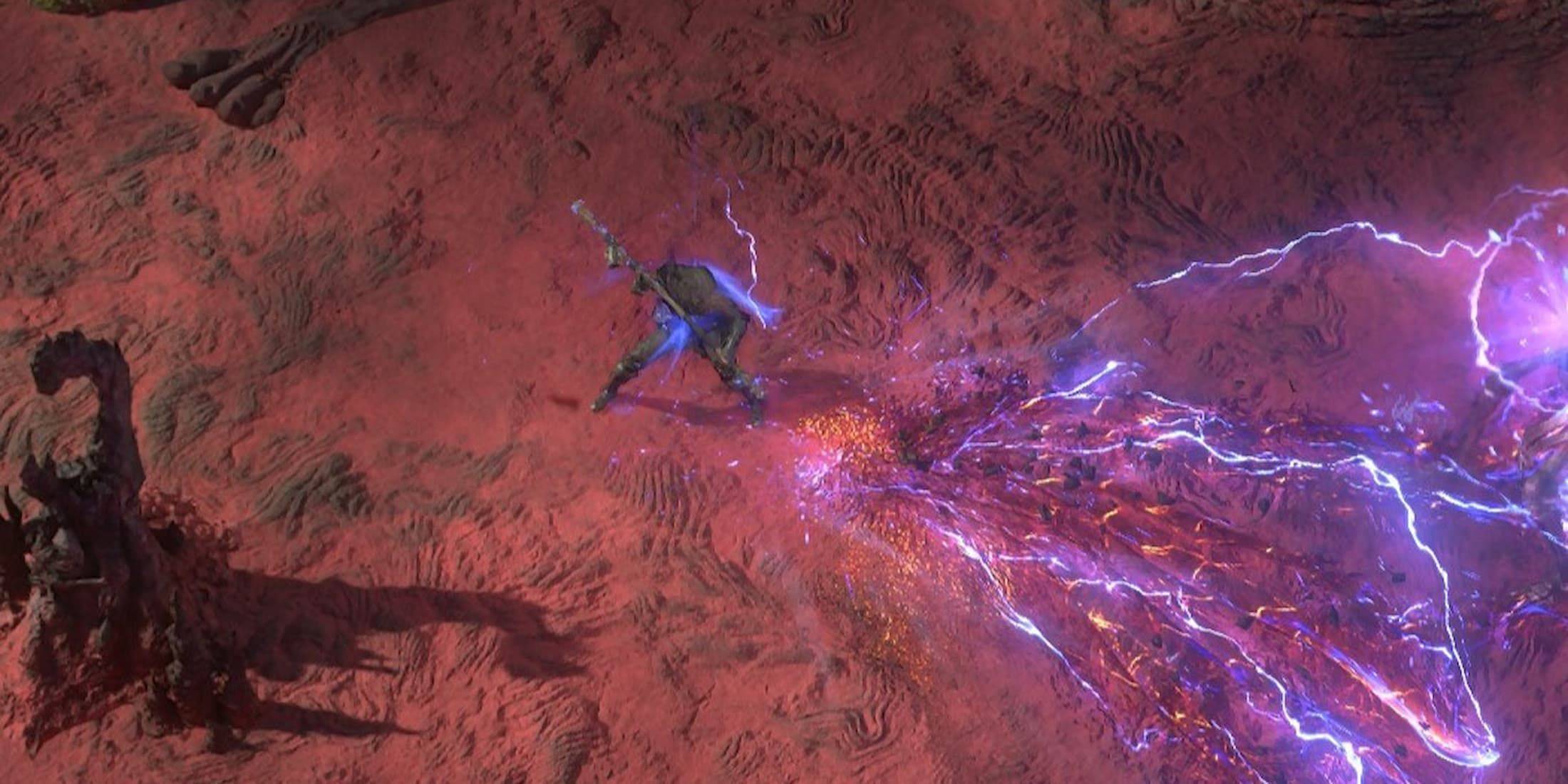
Power Charges in Path of Exile 2: Explained
Apr 03,2025
-
Download

Portrait Sketch
Photography / 37.12M
Update: Dec 17,2024
-
Download

Friendship with Benefits
Casual / 150.32M
Update: Dec 13,2024
-
Download
![[NSFW 18+] Sissy Trainer](https://img.jdzca.com/uploads/16/1719638919667f9b874d57e.png)
[NSFW 18+] Sissy Trainer
Casual / 36.00M
Update: Dec 11,2024
-
4
F.I.L.F. 2
-
5
슬롯 마카오 카지노 - 정말 재미나는 리얼 슬롯머신
-
6
Shuffles by Pinterest
-
7
Pocket Touch Simulation! for
-
8
Life with a College Girl
-
9
Chubby Story [v1.4.2] (Localizations)
-
10
Hunter Akuna














